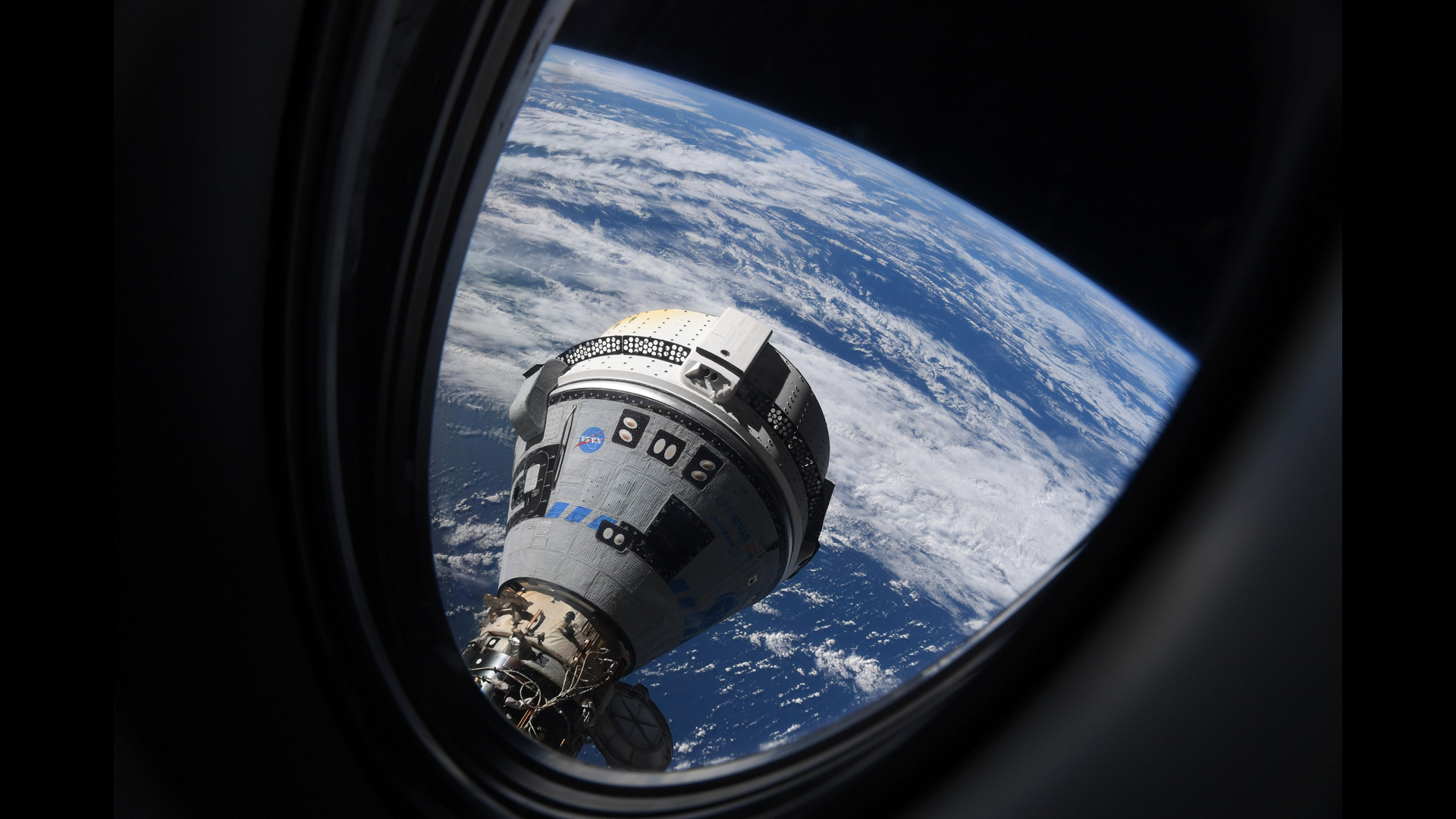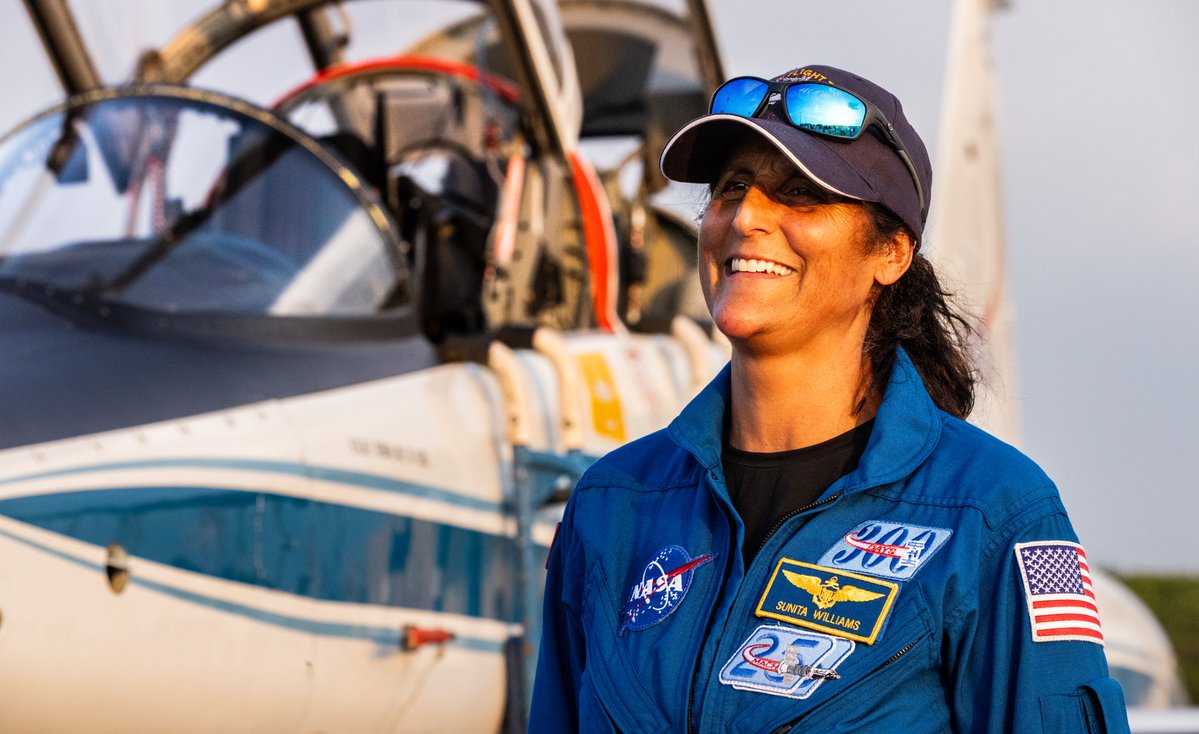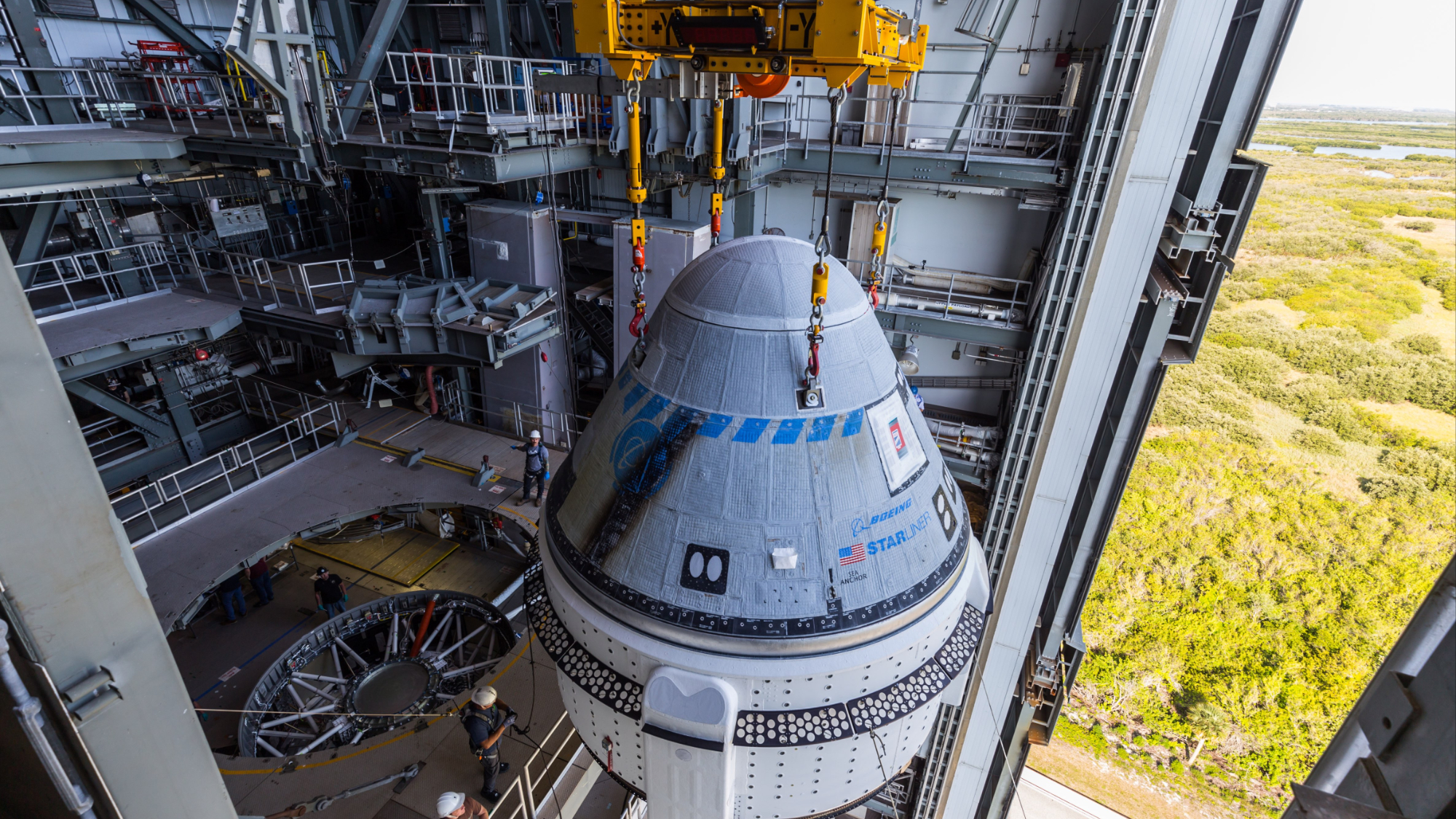The first Boeing Starliner astronauts are back at the launch site.
NASA Crew Flight Test (CFT) astronauts Butch Wilmore and Suni Williams arrived at NASA’s Kennedy Space Center in Florida on Tuesday (May 28), ahead of their expected launch from Boeing Starliner on Saturday (June 1).
NASA will conduct a delta flight readiness assessment later today (May 29) to assess the launch, officials said; this is slightly more detailed than a standard assessment, to address technical issues with Starliner due to a helium leak.
Assuming the mission passes review and schedules hold, CFT will launch from the nearby Cape Canaveral Space Force Station no earlier than 12:25 a.m. EDT (1625 GMT), and you can watch the historic launch here on Space.com , via NASA Television . NASA will provide an update to reporters on Friday (May 31) at 1:00 PM EDT (5:00 PM GMT), which you can also watch live here.
Related: ‘It’s so complicated:’ Boeing Starliner teams diagnose helium leak ahead of astronaut’s June 1 launch
This isn’t the first time the crew flew NASA T-38 trainer jets to KSC for a launch attempt; they first flew in on April 25 for what was expected to be a May 6 launch, but that effort was scrapped just two hours before launch.
While the stacked Starliner and the United Launch Alliance Atlas V rocket experienced problems, the crew — still in quarantine — returned to NASA’s Johnson Space Center in Houston for a few weeks to continue training and await a more definitive launch date .
Starliner CFT has had a long journey to the launch pad. NASA gave both SpaceX and Boeing billion-dollar contracts in 2014 to send astronauts to the International Space Station by 2017. Both vehicles were delayed on that target due to technical and financial problems.
Borrowing from its cargo Dragon design that has flown ISS missions since 2012, SpaceX completed its first crewed test in 2020. SpaceX has since flown 11 other missions to the ISS. Starliner, a brand new spacecraft, took longer.
Starliner’s first ISS mission in 2019 without astronauts got stranded in the wrong orbit due to software problems and did not reach its destination. A follow-up mission in 2022 arrived safely after dozens of repairs and delays due to the pandemic.
Related: 2 astronaut taxis: why NASA wants both Boeing’s Starliner and SpaceX’s Dragon

CFT was delayed again in 2023 after it was found that the parachutes could carry less load than expected and flammable tape was found on the wiring. NASA and Starliner officials have emphasized that the mission is developmental — which not only means that safety takes precedence over any scheduling issues, which is true for all missions, but that course corrections will be necessary as the design matures.
Both CFT astronauts are also former US Navy test pilots and have therefore participated in the development of other space projects in recent decades.

Everything seemed on track for a launch attempt on May 6, but late in the countdown a “buzzing” valve was discovered aboard the Atlas V, meaning the oxygen relief valve was opening and closing rapidly. That issue prompted ULA, Boeing and NASA to cancel the mission. Hours of troubleshooting resulted in the decision to return the rocket to its factory in Cape Canaveral for a valve replacement.
That valve change went as planned on May 12, but a small helium leak in an Aerojet Rocketdyne thruster aboard Starliner – discovered after the scrub – subsequently came under scrutiny. Team representatives told reporters at a briefing last week that they learned a number of things during that process.
The leak poses no immediate risk to a launch as helium is an inert gas; both Crew Dragon and the space shuttle launched safely with helium leaks, they noted. The concern is how that leak would affect the response control system (RCS); that’s a set of 28 small engines aboard Starliner for modest maneuvers in orbit.
The leak is in an area the size of a button in the Starliner spacecraft, less than 10 sheets of paper thick, in a rubber seal between two metal parts of a flange. The leak is about 50 psi to 70 psi, depending on the pressure around it, but that (apparently) high rate is relative to a small space, NASA and Boeing pointed out in the briefing.

It was unsafe to open this spot while Starliner was stacked on Atlas V, but extensive computer analysis showed that the leak appeared stable. The team also performed pressure changes in this area to simulate changes in spaceflight, and were pleased with the performance they saw.
In addition, the other 27 thrusters have no leaks at all, creating a large buffer if other leaks occur, NASA’s Steve Stich, program manager for the agency’s commercial crew program, pointed out in the May 24 call.
He added that engineers, however, discovered a “design vulnerability” while troubleshooting helium problems. Simply put, Starliner has three certified modes to return the astronauts to Earth: one mode using the RCS thrusters, and two modes using orbital maneuver and attitude control (OMAC) thrusters; the OMAC modes require two or four of those thrusters, depending on the situation.
The RCS re-entry mode requires eight thrusters in adjacent “doghouses”: There are four of these gatherings around Starliner. But under rare conditions involving helium leaks, all thrusters in adjacent doghouses could fail at the same time, meaning RCS would no longer be available to support OMAC. So the team created a new re-entry mode, and simulated it with the CFT astronauts, which required only four RCS thrusters at a time. The delta flight readiness review will, among other things, confirm the certification of this new re-entry technology.
